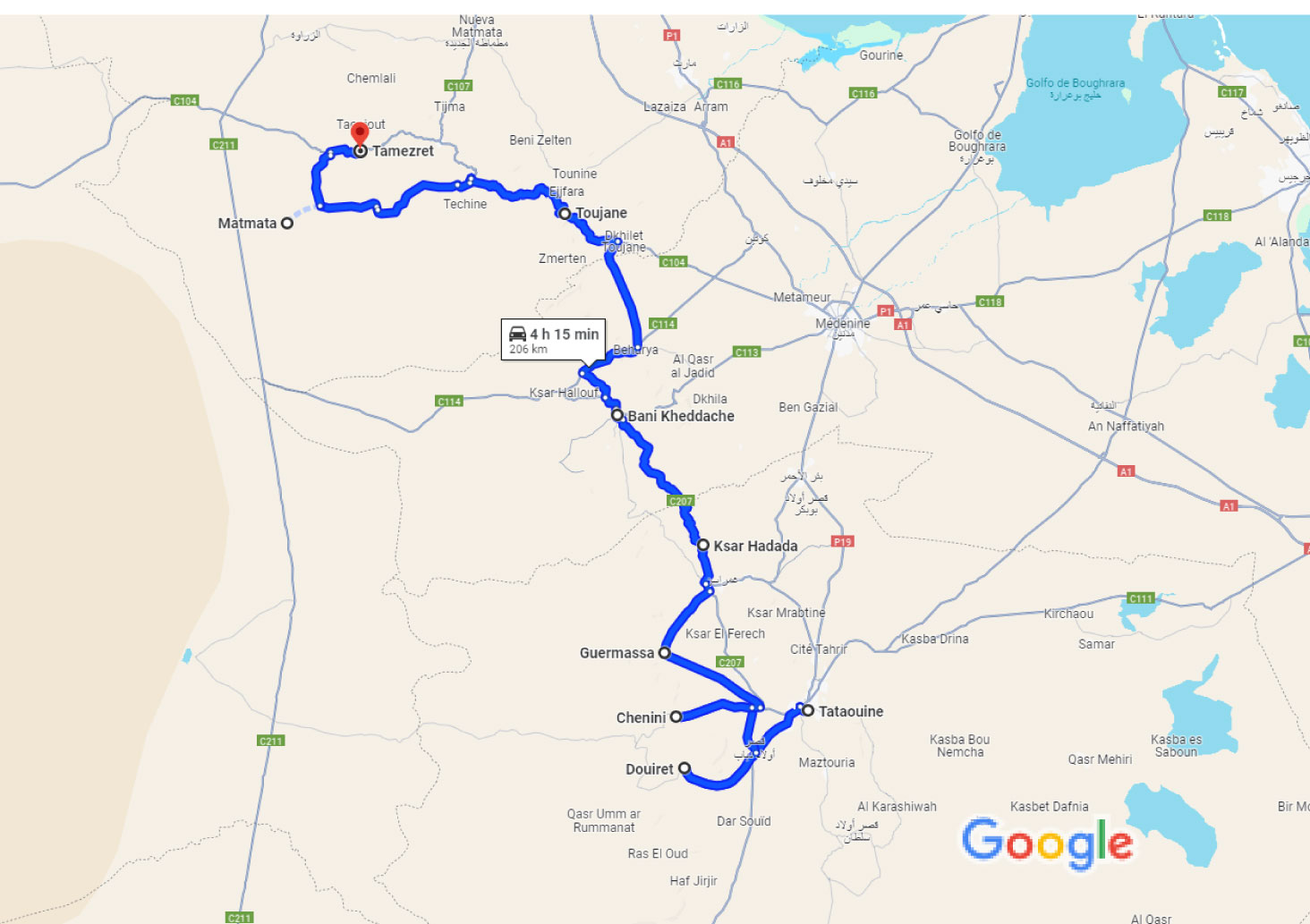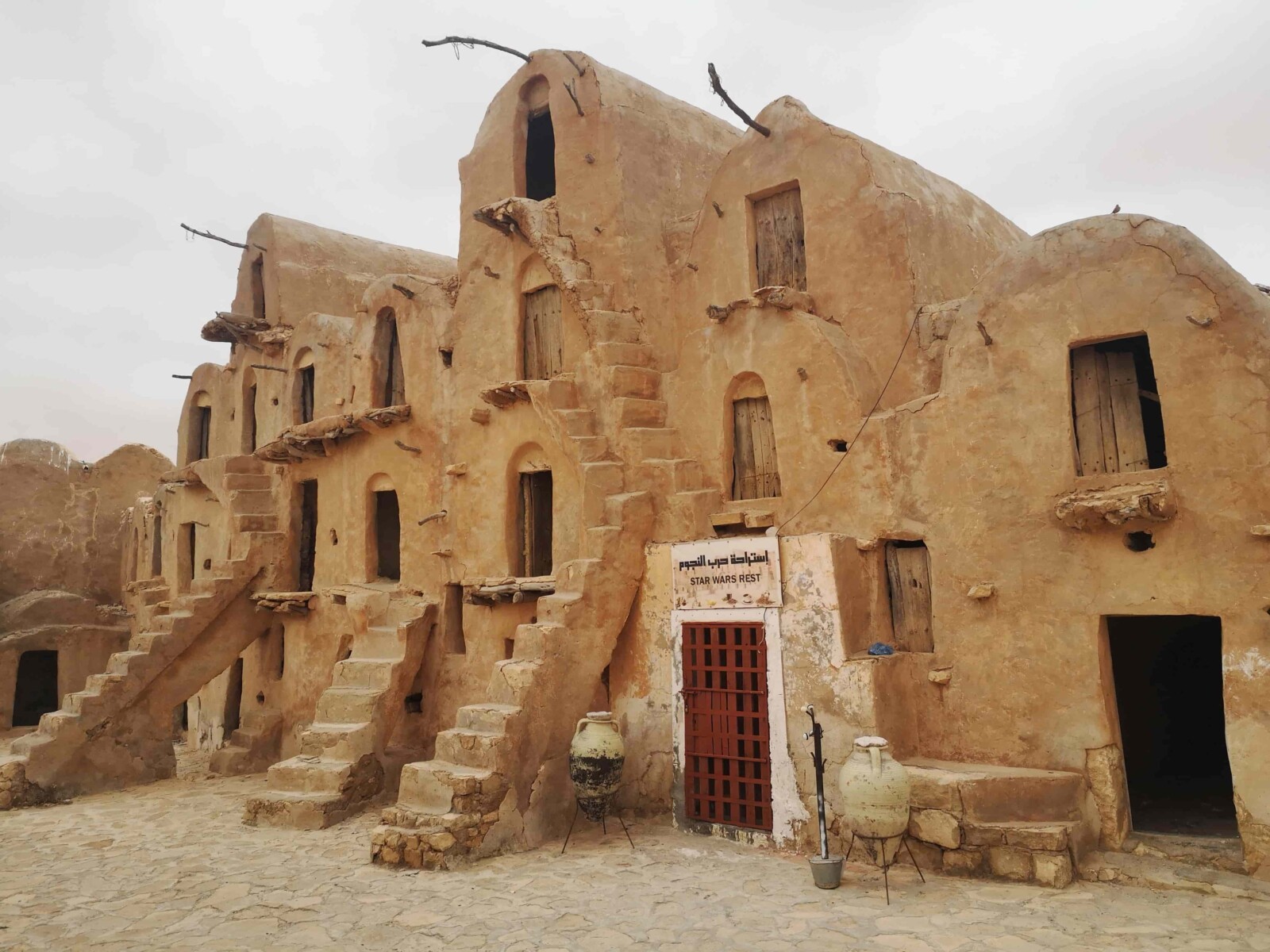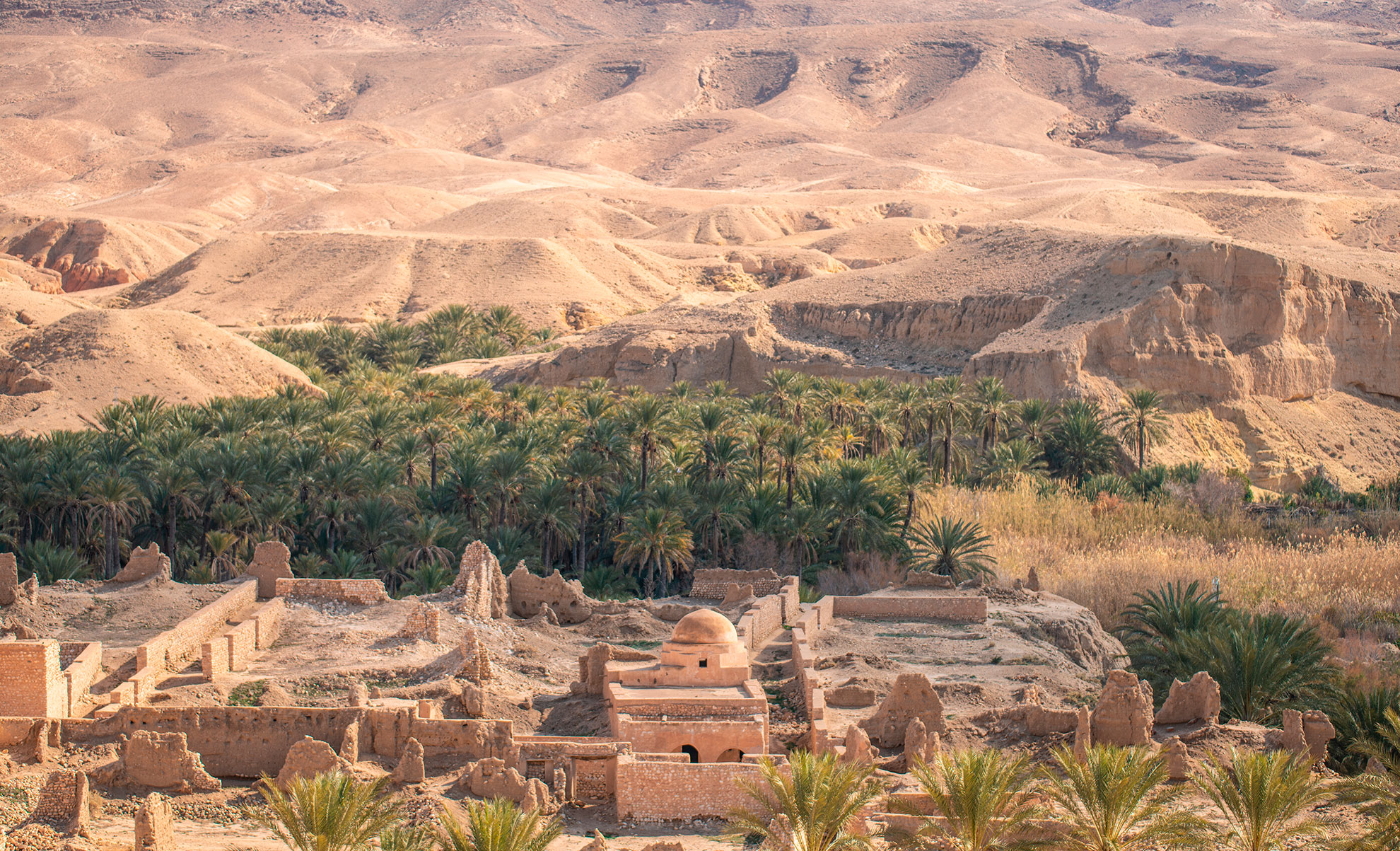A journey through the time of the Berber people

The original Berber people, known in their language as Amazigh (free men), are one of the oldest ethnic groups in Tunisia. Their presence in the Maghreb, which stretches from the Canary Islands to Egypt, dates back thousands of years. The Berber villages of southern Tunisia are fascinating and guardians of an ancient heritage, inviting you to immerse yourself in a unique experience that will awaken all your senses. Through the landscapes where these villages are located, you will discover the magnificent history of these villages. The Berbers have inhabited North Africa since time immemorial. Their origins date back to the ancient civilizations of the Mediterranean, and their history is marked by resistance to foreign invaders, from the Romans, Phoenicians, to the Arabs, the Barbarians, and the European colonial powers. Despite these outside influences, the Berbers have kept their language, customs and traditions alive over the centuries. En VISIT THE SAHARA, we propose a route through these fascinating villages in a place where history and tradition are intertwined with stunning landscapes and unparalleled hospitality.

Welcome to Chenini : the Berber village of reference
The adventure begins in the region of the village of Chenini, a Berber village located in the Dahar mountains. Upon arrival, you will be greeted by the impressive sight of the ghorfas inside the ksar – the fortified part at the top of the village – which represent a unique architecture adapted to the harsh desert conditions. The ghorfas were elevated structures of stone and adobe, used primarily as fortified granaries and temporary dwellings, designed to protect food and belongings from raids and extreme weather. On the other hand, troglodyte houses, dug into the mountain slopes, continue to provide cool shelter in summer and warmth in winter for the inhabitants. Both forms of construction reflect the ingenuity and adaptation of the Berbers to their environment, combining functionality and resistance with a unique aesthetic.

Key differences between the Berber peoples and the ksour (ksar in singular)
Berber villages were composed of local materials such as adobe and stone. In some cases, the dwellings were dug into the rock, as in Chenini or Matmata, where troglodyte houses were a distinctive feature. The Ksour (plural of Ksar) is a type of fortress or fortified village that served to protect grain and other agricultural produce as storehouses. Ksour were built of adobe and stone as well and were usually situated in strategic locations such as hills or plateaus. Although some ksour were inhabited, many served primarily as collective granaries in the ghorfas for local communities, providing security against looting and adverse weather conditions. Ksour are scattered throughout the southern region of Tunisia, especially in areas such as Tataouine and Medenine. They are less common in daily life today, but many have been preserved as historical and tourist sites. Thus, on the one hand, while Berber villages were inhabited communities with dwellings and daily activities, ksour were mainly fortified warehouses. However, some Berber communities may have lived near or inside the ksour as well as other populations such as Arabs. On the other hand, Berber villages were deeply tied to Amazigh culture and identity, while ksour reflected more of a practical and defensive solution to the economic and security needs of agricultural communities. In short, the Berber villages and the ksour represent two important aspects of life in southern Tunisia, each with its own purpose, history and distinctive architectural features.

Route to Matmata, another emblematic Berber village
Visiting the charming Berber villages of Tunisia is not just a tourist excursion, but an encounter with living history. From Chenini, you can visit several other Berber villages such as Guermassa- Ghomrassen–Toujane each with its own landscapes and singularities up to the most famous village of Matmata, a place that looks like something out of a science fiction movie. In fact, Matmata gained international fame as the setting for “Star Wars”. But beyond its cinematic connection, Matmata is an authentic enclave where Berbers have lived for generations in their iconic troglodyte houses. Every stone, every alley and every smile connects to a legacy that has stood the test of time. As you walk through the streets, you will have the opportunity to visit one of these dwellings, where a Berber family will show you how they have adapted their daily life to the desert conditions, keeping their traditions and customs alive. The Berbers, with their unparalleled hospitality and deep respect for their traditions, will invite you to become part of their world, if only for a brief but unforgettable moment. Just outside the village of Matmata, in the direction of Tamezret, an entire Berber family and their children continue to live off their own crops, livestock and chicken thanks to the dynamism, hard work, ingenuity and faith of Mrs. S…., the mother and head of the family.

Berber craftsmanship and living culture
Berber culture is characterised by its richness and diversity. Its language, Tamazight, has several dialectal variants that are spoken in different regions. Although Arabic is the predominant language in Tunisia, Tamazight is still spoken in several communities, especially in the mountainous areas in the south and west of the country. Berber handicrafts are another notable aspect of Tunisian culture. Textiles, jewellery and pottery are famous for their intricate and colourful designs, which often have symbolic and spiritual meanings. Berber women play a central role in the preservation of these traditional arts, passing them on from generation to generation. Throughout the journey, you will discover that handicrafts are an integral part of Berber culture. In small workshops, men and women work skilfully to create jewellery, textiles and ceramics, each piece telling a story. Don’t miss the opportunity to purchase some of these handcrafted treasures as souvenirs of your visit, for example in the village of Beni Keddach, which specialises in silver jewellery craftsmanship, while taking advantage of a well-deserved break in the typical quiet, comfortable hotel that is available.

An unforgettable night under the stars from Tunisia’s Berber villages
There is no better way to understand the essence of Berber life than to spend a night under the starry skies of the Sahara Desert. You can camp in the desert and enjoy a traditional Berber dinner around a campfire. The couscous, prepared with care and accompanied by traditional music, will make you feel as if you are in another era. The tranquillity of the desert, interrupted only by the gentle murmur of the wind and the stories told by your hosts, will leave an indelible impression on you.

The Berber people of Tunisia at a glance
Tunisia‘s Berber villages are authentic and treasure an ancient heritage that enriches Tunisia’s cultural mosaic. Through their language, crafts, architecture and customs, the Berbers continue to influence Tunisian identity. To discover all this richness you have to experience it during a trip to the Berber villages of Tunisia. During this trip, it is advisable to wear comfortable clothing prepared for the heat of the desert. Get ready for an adventure that will connect you with the very essence of North Africa! The Berber villages of Tunisia are waiting to share with you their rich cultural heritage and the beauty of their landscapes, as well as their gastronomy. Scenic, set in breathtaking desert landscapes, they offer panoramic views that capture the stark beauty of the Sahara. Moreover, the Berbers are hospitable and will welcome you warmly.
👉 Don’t miss the opportunity to discover the unique Berber villages of southern Tunisia, with the advice of VISIT THE SAHARA and Sinda Ben Freadj, (sindabenfredjATgmailDOTcom), author of this article, who lives in Tunisia, knows her country perfectly and is fluent in Spanish so that you can optimise your time and your budget!







Leave A Comment